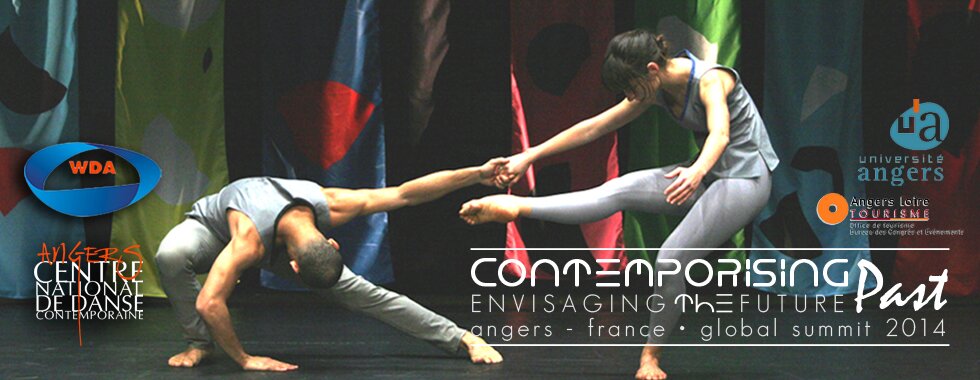Comparative study of two systems: Laban Movement Analysis (LMA) and Functional Analysis of the Dancing Body (AFCMD)
While Laban Movement Analysis (LMA) (Laban, 1994, 2003) and Functional Analysis of the Dancing Body (AFCMD) (Godard, 1995; Godard & Gromer,1995; Kuypers & Godard, 2006; Rouquet,1991) fundamentally share the same area of interest, namely the analysis and description of the expressive qualities of the human body in movement, they originated from very different periods of time and preoccupations. However, where these two systems must inevitably connect is in the reality of human movement. The main objective of the research is to try to identify the key points upon which LMA and AFCMD complete, converge and diverge from each other by looking at the process by which experts trained in each system approach the task of observing and analyzing a movement sequence. Approximately ten movement analysts trained in LMA, and the same number trained in AFCMD, are interviewed while observing and analyzing the same dance sequence from a video recording. The introspection-interview technique used for this research, known as entretien d’explicitation, comes from a phenomenological approach to introspection as practice, developed by French researcher Pierre Vermersch (2000;2012) drawing from Husserl’s theories of conscience and attention. By paying closer attention to both the expressive and functional qualities of human movement, this study could contribute significantly to the improvement of the field of qualitative movement analysis, particularly useful in dance pedagogy and aesthetic analysis.
L’analyse du mouvement selon Laban (LMA) (Laban, 1994, 2003) et l’analyse fonctionnelle du corps dans le mouvement dansé (AFCMD) (Godard, 1995; Godard & Gromer, 1995; Kuypers & Godard, 2006; Rouquet, 1991) sont deux approches d’analyse du mouvement qui s’intéressent au même objet – l’analyse et la description des qualités expressives du corps en mouvement – mais qui ont été créées à des époques et à partir de préoccupations très différentes. Cependant, ces deux approches sont inévitablement appelées à se rejoindre dans la réalité de l’expérience du mouvement. L’objectif principal de cette recherche est de tenter d’identifier des correspondances, des complémentarités, des convergences et des divergences entre les deux approches en partant de l’activité perceptive de personnes expertes dans chacune ces deux approches (LMA et AFCMD), dans une tâche d’observation d’une séquence de mouvement. Dix analystes hautement qualifiées en LMA et le même nombre en AFCMD sont interviewés au cours de leur tâche d’observation et d’analyse d’une même séquence de danse à partir d’un même enregistrement vidéo. La technique d’entretien utilisée pour cette recherche, connue sous le nom d’entretien d’explicitation, provient d’une approche phénoménologique de la pratique de l’introspection élaborée par le chercheur français Pierre Vermersch (2000; 2012) à partir des théories de la conscience et de l’attention de Husserl. En intégrant les dimensions expressives et fonctionnelles, nous espérons que cette recherche contribuera à faire progresser les connaissances dans le champ de l’analyse qualitative du mouvement pour le bénéfice notamment de la pédagogie et de l’analyse esthétique en danse.
Nicole Harbonnier-Topin
University of Québec,Montréal (UQAM)
Geneviève Dussault (UQAM), Catherine Ferri (Pôle d'enseignement supérieur spectacle vivant Bretagne - Pays de la Loire)

